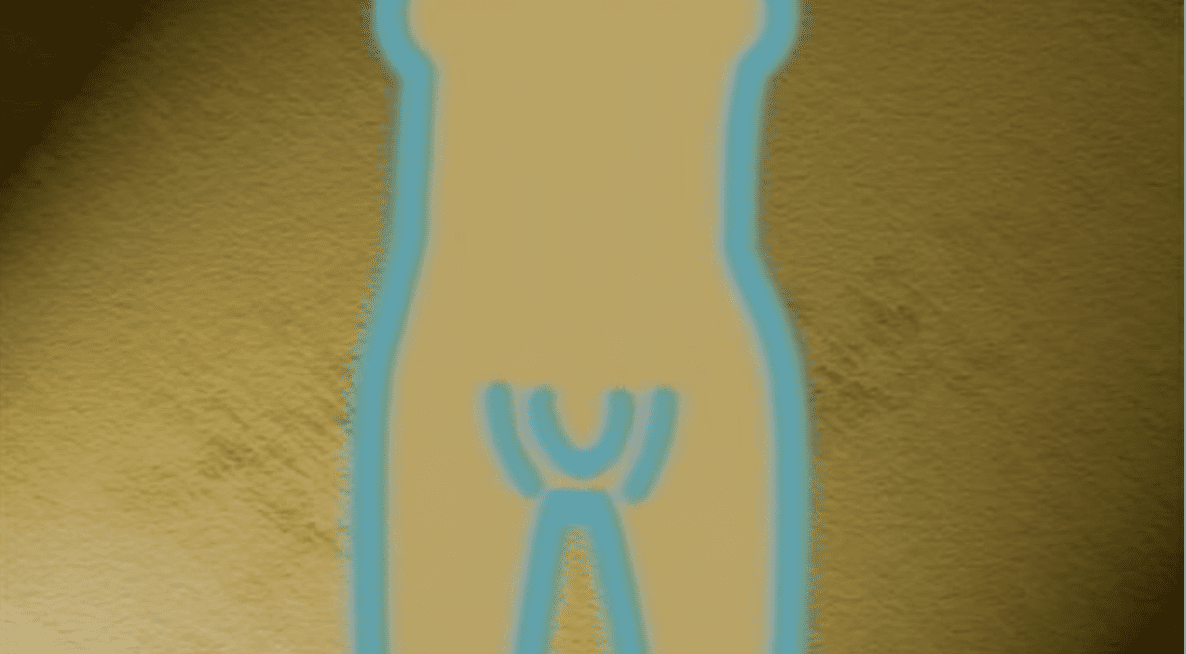Strength Training

for the Pelvic Floor
When you think of strength training, you may think it’s all about getting a six-pack or sleek, toned arms. A little-known benefit is a positive impact it can have on your pelvic floor.
A strong pelvic floor is vital for our mental and physical health. The pelvic floor provides pelvic organ support and controls your bladder, bowel, and sexual function. Pregnancy, childbirth, aging, and old habits – like holding urine in for too long or straining with bowel movements – can lead to weaker or stiffer muscles in the pelvic floor. A weak pelvic floor can lead to low back pain, prolapse, urinary incontinence, and painful sex.
Pelvic floor physical therapy is a great starting point for men and women to understand their bodies better. You can learn where you’re holding tension, how to contract and relax your pelvic floor, and how to increase pelvic floor muscle control. However, it’s not the only solution to fix leaking, painful sex, or chronic pelvic pain. That’s where strength training comes in.
The pelvic floor isn’t just one muscle. There are SIX deep hip rotators attached to your pelvis. It should come as no surprise that the pelvic floor is good at compensating for other muscle groups. It will hold tightness for weak glute muscles or overwork itself by compensating for weak abdominals. With each step you take, the pelvic floor fires to stabilize your pelvis. A pelvic floor working too hard cannot provide stability required to stop leaks or keep the pelvic organs inside your body. On the other hand, if the glutes, abs, and pelvic floor are doing their share of the work, the pelvic floor doesn’t have to provide all of the stability. A strong core and glutes are imperative for a healthy pelvic floor.
Your strength training form, skeletal structure, and body position ALL influence how your muscles move, perform, and function. By strategically combining breath and movement when we work out, we can take the muscles that attach to the pelvis through their full range of motion and make our body happy again.
The Kegel
The first movement to master for a strong pelvic floor is the Kegel. Kegels are exercises that tone and strengthen the pubococcygeus, or PC muscle—the muscle surrounding the opening of the vagina. About one-third of women and men performing Kegels aren’t working the correct muscles. Instead, they accidentally work their abdominals, buttocks, or inner thigh muscles. Kegels are specifically for people who have trouble leaking urine when they sneeze, cough, or exercise. To get the most out of your Kegel, follow these steps:
Start in a lying down position with a pillow under your lower back.
Squeeze the PC muscle and hold for three to five seconds, then release. Relax for the same number of seconds. Repeat for a total of five repetitions. Work up to ten five-second squeezes three times per day.
For women:
Pretend you are trying to avoid passing gas or tighten your vagina around a tampon.
For men:
Pretend you are trying to avoid passing gas or stopping your urine stream.
If you’re working the right muscles, you’ll feel the contraction more in the back of the pelvic area than the front.
The Squat
The next movement for a strong pelvic floor is your basic squat. Squatting gets the pelvic floor to lengthen and strengthens the glutes allowing them to take on more of the force that pulls on the pelvic floor.
Stand tall with your ribcage stacked over your pelvis. Stacking your ribcage over your pelvis keeps your body in alignment and allows the core to work optimally.
Take an inhale (the pelvic floor expands), hinge at your hips, and sit back into a squat.
Lower your butt as far as you can but no further than just below your knees.
Exhale from the bottom up. To do this, perform a mini-kegel, which lifts your pelvic floor, then imagine drawing your hip bones together and continue exhaling to get the ribs back. Squeeze your glute and thigh muscles to help you stand back up.
The Bridge
The bridge is an excellent exercise for your pelvic floor as it strengthens the core and glute muscles, thus strengthening the pelvic floor.
Lie on your back with your feet parallel to one another, hip distance apart on the floor, with a ball, pillow, or yoga block between your knees.
Exhale and push through your heels.
Squeeze your glutes to lift your hip and pelvis off the ground. Stay in this position for five full breaths.
Inhale and relax your hips down to the floor, keeping your glutes and core engaged.
The Bird Dog
The Bird Dog is a simple core exercise that improves spine alignment, strengthens muscles in the lower back, pelvic floor, and abdomen, and relieves low back pain. Bird dogs are also great for improving bladder and bowel incontinence. That’s a win!
Get into a tabletop position with your knees under your hips and wrists under your shoulders.
Tuck your belly button in to engage your core.
Lift your opposite arm and opposite leg straight while keeping your head and neck in a neutral position. Hold for two seconds, and alternate.
At the end of the day, we all want to age with grace. A strong pelvic floor helps you feel more confident at every stage in life. Make sure you give your pelvic floor the attention it needs to maintain its strength to function optimally and properly.
